
Diagnose and Repair the Persistent BSoD Caused by nvpcf.sys File

Proper Training Is Essential for Effectively Implementing SPC Methods and Avoiding Misinterpretation of Data
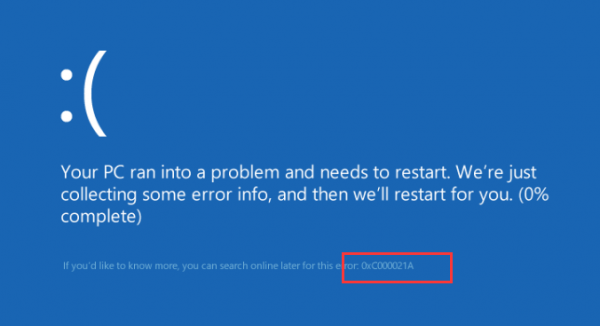
Driver Easy fixes 0xC000021A blue screen of death error in no time!
Blue screen of death is one of the most head-scratching problems in Windows 10 and Windows 8. For some of the minor errors, you can just restart your computer and the problem will go away. But in some other cases, for instance, the blue screen of death will not go away even after the reboot, or if the same problem keeps happening over and over again, it could mean some severe computer problems, be they hardware or software.
In the case of a blue screen of death with the error code: 0xC000021A, the cause to this problem could be two files, 1) winlogon.exe and 2) csrss.exe. To make it easier to understand, the cause of this problem could be mismatched system files or third-party software, or damaged Microsoft server or client files.
To solve this problem, please follow the steps below as per your own situation:
Step one: Uninstall Newly Installed Applications
Step two: Restore Device Drivers
Step three: Perform a SFC Scan
Step four: Run a Virus Check
Step five: Update Service Pack
Step one: Uninstall Newly Installed Applications
As mentioned above, this blue screen of death error could be caused by third-party applications. So if you have this problem after you installed certain applications, go to Control Panel to remove it from your computer. Then check the manufacturer of the software for possible updates of the application.
You can follow the instruction below to remove certain applications:
- Press the Start button, then choose Control Panel. Then choose Uninstall a program option under thePrograms category in the view ofCategory .
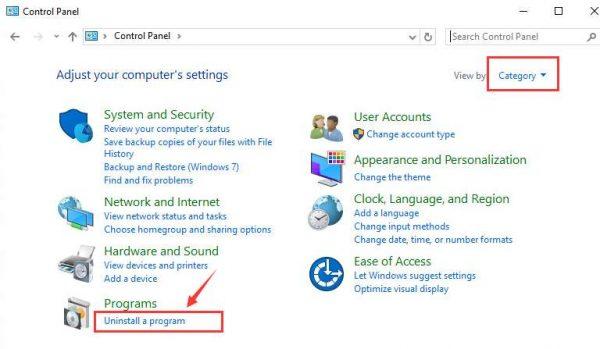
- Then right-click the newly installed application and chooseUninstall .
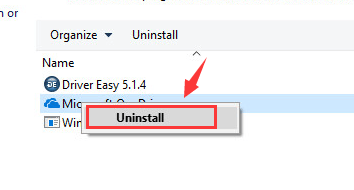
If you have recently installed more than one application, just repeat the above procedure.
Step two: Restore Device Drivers
If removing newly installed applications can still not solve this problem, you should check to see if it is related to some newly installed device drivers. If you can reflect such device drivers, you can uninstall them fromDevice Manager . Here is how:
Go toSafe Mode first. For more information as to how to get to Safe Mode, please refer tothis post here .
Press the Windows logo
 andR keys at the same time. Then typedevmgmt.msc in the run box and hitEnter .
andR keys at the same time. Then typedevmgmt.msc in the run box and hitEnter .
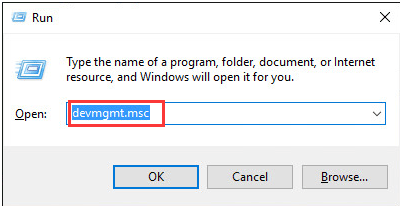
- InDevice Manager , locate the device that you would like to roll back the driver to. Right-click the device name and chooseProperties .
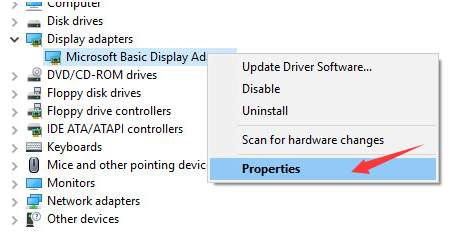
- Go toDriver tab, and chooseRoll Back Driver .
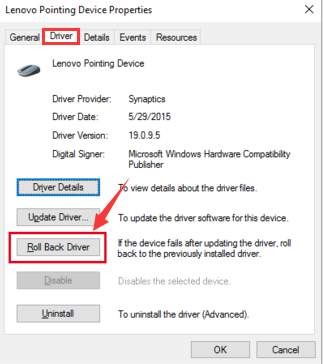
- If theRoll Back Driver option here isgrey , you will not be able to use this function. You could choose to do aSystem Restore instead.

Still, if you have recently updated more than one device driver, you need to uninstall them one by one. If you are not sure which applications or which device drivers installed could be the culprit, you can check the System Log inEvent Viewer for additional error messages:
- Typeevent viewer in the search box in the Start panel, then chooseEvent Viewer from the list of choices.

- On the left pane, expand the Windows Logs option and then choose System. Then you will be able to see the event log of your system. Check to see if you can spot any unusual events happening at the same time as the blue screen.
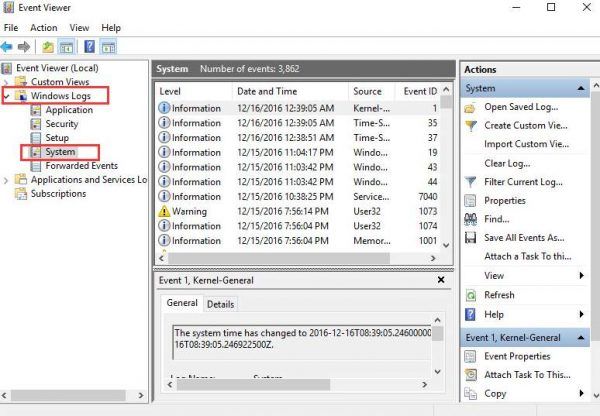
Or, you canperform a refresh .
Step three: Perform a SFC Scan
- PressWindows key andX at the same time, then chooseCommand Prompt (Admin) from the list of choices.
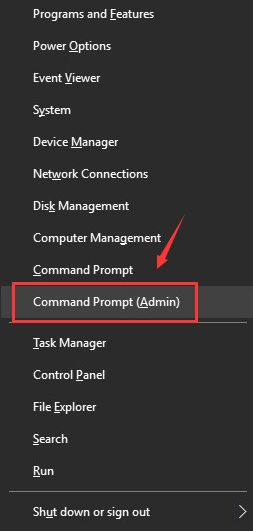
- Type in the following command:chkdsk /f /r , then hit theEnter button. Then pressY to agree with the check-up next time you start your computer. System file checker will help you identify, repair and fix bad sectors if it finds any of them on your hard disk.
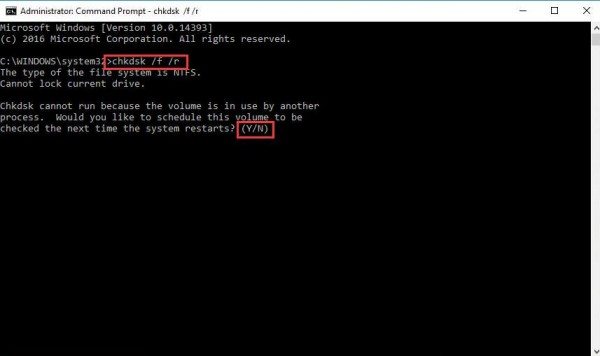
Or you can useFortect to repair any corrupted system files that may be the culprit of the blue screen of death.
](https://www.drivereasy.com/redirect/partner.php?post%5Fid=drivereasyen8389&id=153&url=https%3A%2F%2Fwww.drivereasy.com%2Fknowledge%2Ferror-0xc000021a-blue-screen-death-windows-10-8-solved%2F¶m2= )
Step four: Run a Virus Check
Viruses can infect all types of hard disks formatted for Windows, and resulting disk corruption can generate system bug check codes. So run your anti-virus programs to perform a full scan if you haven’t done so. If you find any possible viruses or affected programs, just remove them completely from your PC.
Step five: Update Service Pack
The service pack is a collection of updates and fixes, called patches, for the operating system or a software program. It usually allows an easy and single installation. You could usually check your service pack inControl Panel > System .
In Windows, most patches and fixes are available throughWindows Update . It is suggested that you check whether your computer has installed the latest released patches inSettings > Updates & security.
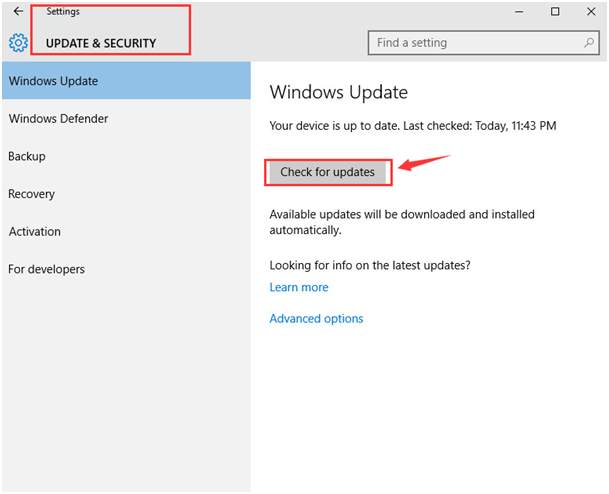
It is also suggested that you useDriver Ea sy to help you update all your device drivers so as to avoid any further problems. Installing faulty device drivers could be one of the causes of the blue screen of death problems,Driver Easy can keep you from falling into that pit ever again.
Also read:
- [Updated] CollabCanvas Mosaic Magic on Instagram Devices
- [Updated] Internet Joke Architect
- [Updated] Topping Bargain Software for Screen Capture on Chromebook
- Copilot + PCs' Upcoming AI Innovations I Wish for on My Apple Laptop - ZDNET Insight
- Easy Guide: Installing and Using a DVD Player on Dell Laptops Running Windows 11
- Fixing the Blue Screen of Death: Resolving Machine Check Exceptions on Windows 10
- How Can We Unlock Our Xiaomi Redmi Note 13 5G Phone Screen?
- In 2024, Essential Mobile Games for Leisurely Indulgence
- In 2024, Radiant Revelations in Your Android Video Journey
- Master Guide: Correcting the HYPERVISOR ERROR Induced Blue Screen of Death on Your Windows 11 PC
- Quick Guide: Entering Advanced Boot Mode on Windows 10
- Step-by-Step Solution for Repairing Corrupted FAT Files on Windows 10
- Troubleshooting and Repair Guide for kMODE_Exception Not Handled in Windows Operating Systems
- Title: Diagnose and Repair the Persistent BSoD Caused by nvpcf.sys File
- Author: Brian
- Created at : 2024-09-29 00:55:07
- Updated at : 2024-09-30 19:23:49
- Link: https://blue-screen-error.techidaily.com/diagnose-and-repair-the-persistent-bsod-caused-by-nvpcfsys-file/
- License: This work is licensed under CC BY-NC-SA 4.0.
 andR keys at the same time. Then typedevmgmt.msc in the run box and hitEnter .
andR keys at the same time. Then typedevmgmt.msc in the run box and hitEnter .